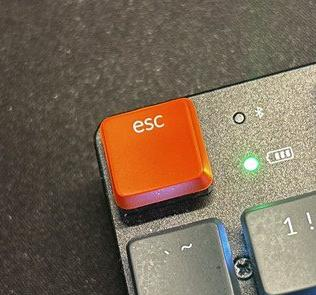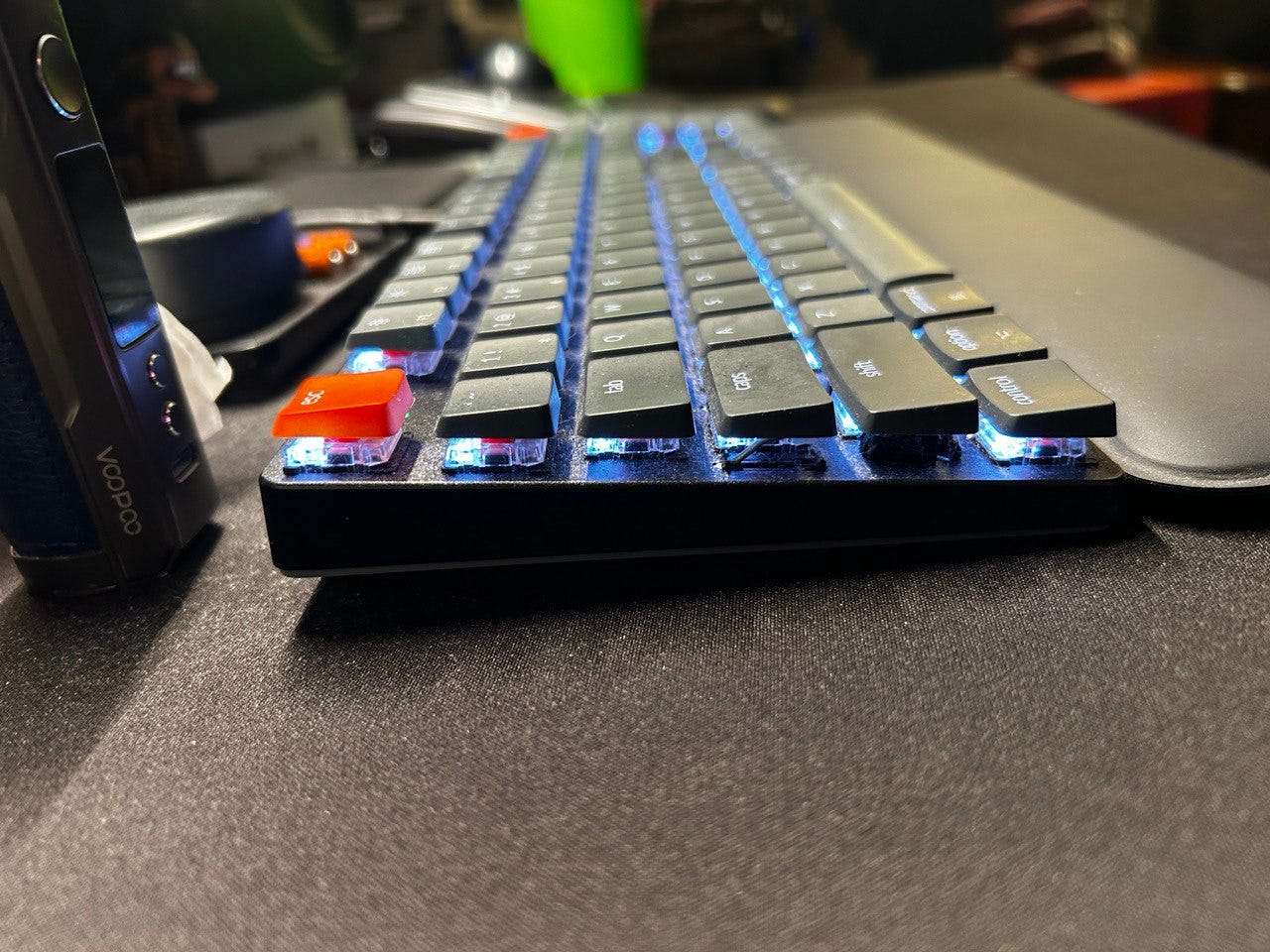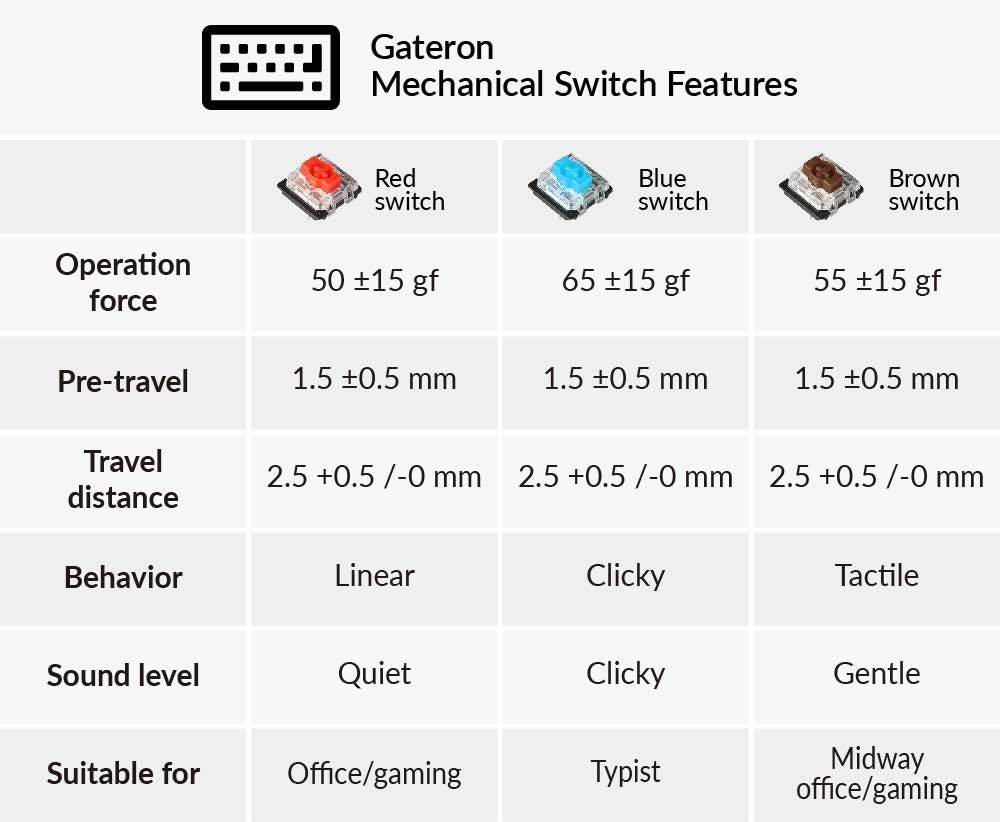
The Keychron K5 SE Low-Profile Mechanical Keyboard is anything but low profile. It’s also a clicky, sloppy, error-prone mess for a writer who taught himself to touch type using his own system.
CLACK CLACK CLACK… TIKTIKTIKTIKTIK… CLACK CLACK… TIKTIKTIK… AUUUUUUGGGHHHH!!!
Tap tap, goes my Keychron K5 SE. It takes nigh on nothing to press a key, an advantage I’m sure is prized by gamers more rabid and entrenched than myself, but when I’m writing I’m forced to BACKSPACE to repair something that was rendered illegible every third or fourth word. So, I’m typing this review on my Dell tablet PC with a typecover-style input device, and my typing accuracy rockets back up to normal levels.
I’m a touch typist in the loosest of terms. I taught myself, but not using normal methods, but through repeated familiarity of decades of writing on computers. That part of my life started in 1995 when I got my first laptop, a gift from a friend. It was an Apple PowerBook 145B and it’s keyboard is still utterly glorious. (Yes, I still have it.)
Earlier this year, my $120 Logitech MX Keys for Mac gave up the ghost after two short years. As a professional nerd, I have a large collection of keyboards, so I pulled one out and looked for something new. After years of reading and viewing extensive plaudits from pundits showering mechanical keyboards in adoration, I decided it was time to try out something a bit more modular. There had to be something to mechanical keyboards, right?
After all, how could millions of gamers be wrong?

The Keychron K5 SE is a very well built keyboard with a clean, attractive design. It supports macOS and Windows layouts and even supplies the key caps to facilitate the swap. To that end, they also include a combination keycap and switch puller. In Bluetooth mode, you can select from three different devices with a key combination or you can switch to USB mode for a direct connection.
BONUS COMPLAINT: For some reason, Keychron chose to locate the Function (FN) key on the right end of the keyboard and integrated the Bluetooth selection keys with the 1, 2, and 3 keys. Logical, but now a forced two-handed operation instead of an easy one-handed move had the FN key been located to the left end, as most are. So, Keychron, stop that, please.
It is supposed to be a low profile keyboard, but it’s also a mechanical one, so there exist limitations imposed by the technology alone. I get that, and it is quite thin, as you’d imagine, but to get that full, deep key travel, the stroke has to be rather long. As you can see in the image below, it’s not as low profile as a standard low profile typer.

Yes. Each key cap travels almost entirely to the deck. These switches are referred to as “North Facing” as the LED light is only emitted towards the top of the keyboard, and not all the way around. The LEDs also shine up into the key caps and illuminate the legend. Those are called “Double Shot” keys because, I think, they inject one mold for the key and then another for the legend, using a translucent material. Clever. The LEDs appear blue in images, but are white.
It could be the decades I’ve been typing on Apple and laptop keyboards. It could be that I never took typing classes and have since relied on my own muscle memory. It could be that the spacing between keys or the type of switches I chose are to blame. I don’t know, and despite efforts, I’ve been unable to learn much more. And no, I haven’t asked a mechanical keyboard expert. I’m not even sure where I’d find one, outside of numerous YouTube channels.
It’s not that it’s broken. It’s not. It works quite well, if it has some weird charging and Bluetooth issues on occasion, which facilitated my move to cabled USB mode. I also don’t use the Bluetooth switching mode. I had that on my MX Keys for Mac and used it for a good while, but kept forgetting to switch and would have to clean up the mess I’d create on another device. Additionally, I find the shocking orange keys to be neat, but somewhat clash with the clean two-tone grey of the rest of the keyboard.
What I wanted was a new keycap set like the hundreds of varieties I’d seen for mechanical keyboards on eBay, Etsy, and Amazon. Some beautiful, others insane, even more just average, but lots and lots of options. It turns out, however, that low profile is not a common term in mechanical keyboard circles. I don’t know if it’s because they are unpopular or just a new concept, because trying to find keycaps is to find about a paltry smattering of options.
Counting on Keychron to be helpful turned out to be an erroneous assumption. Combing through the site yielded little more than additional frustration as they only offer a handful of options for their own keyboard. Have a standard mechanical keyboard? You’re in luck, as they offer forty eight variations in stock and another fifty variants that are so popular they are sold out.
No keycaps for you, I can hear Seinfeld’s Soup Nazi shrieking.
Other than that, the switches I selected suck because I don’t know what to choose and all I’ve ever heard about these things is from the same voices telling me how amazing mechanical keyboards are. When picking the keyboard, I selected the Gateron Red switches because, as the following chart shows, they are supposed to be quiet.

If, to get a reasonable typing experience, I need to get the Gateron Blues, I don’t want them. These “quiet” Reds aren’t anywhere near quiet. I can only imagine how loud the clicky Blues are. Ugh…
In the end, all I can say is that I don’t like my mechanical keyboard. I don’t believe my dislike is predicated on some failure in design, a lack of quality, or any functional benefits that simply don’t favor my typing style. My fingers are apparently geared to prefer laptop-style, lower profile key that have decent travel, but nowhere near as much as a mechanical type. On a laptop keyboard, my fingertips glide over the surfaces of adjacent keys.
I can’t do that on the K5 SE.
I don’t know. I likely just have to give it time. It’s not like the damn thing is my only keyboard, but it’s one of the only ones of the many I have that I need to carefully position myself in front of and fingers on in order to get decent, less error-prone typing.
Maybe someone can tell me which switches I should get!
---